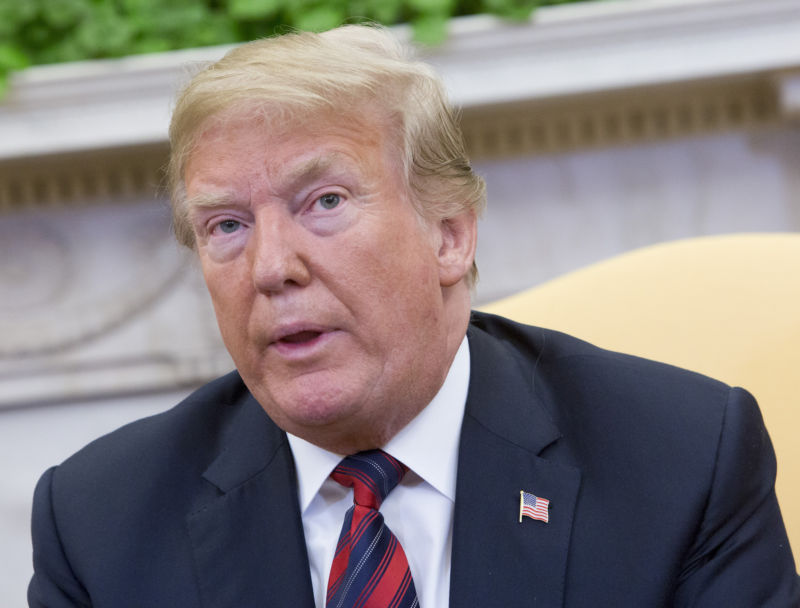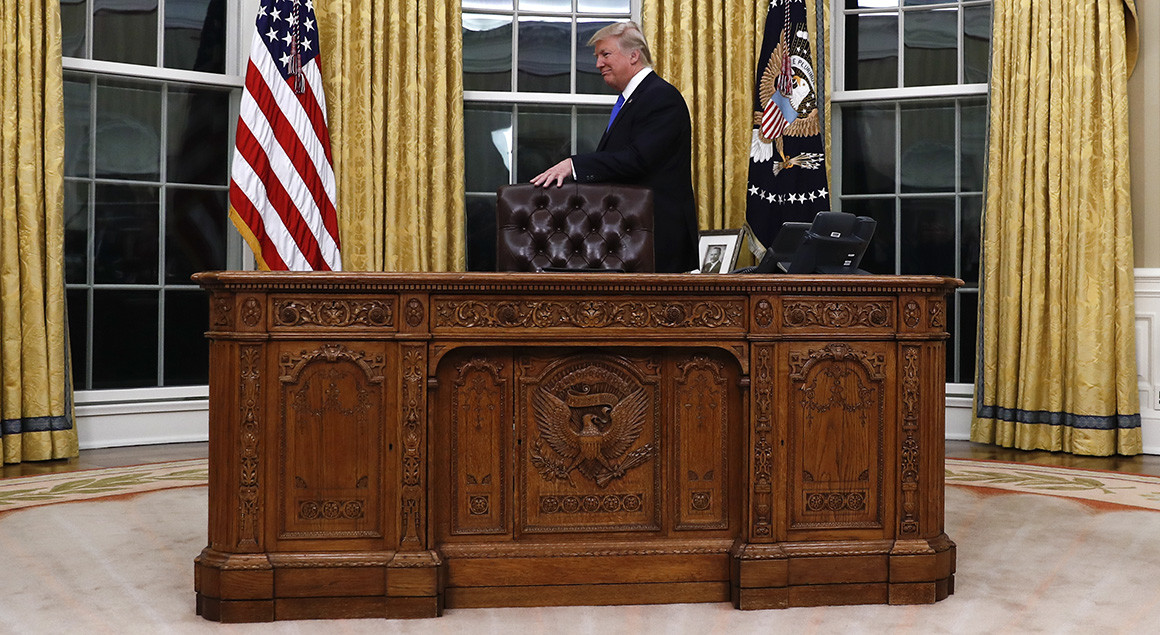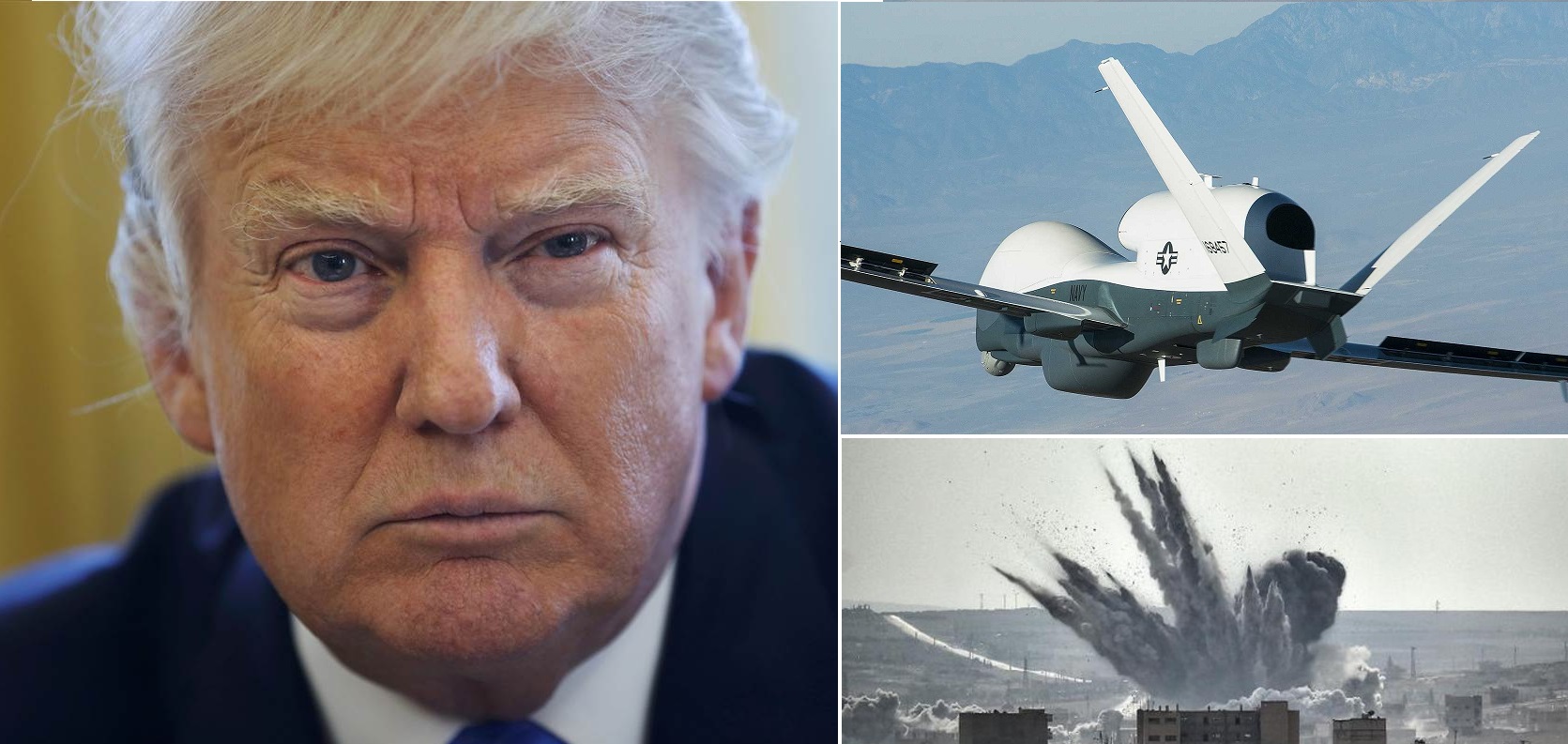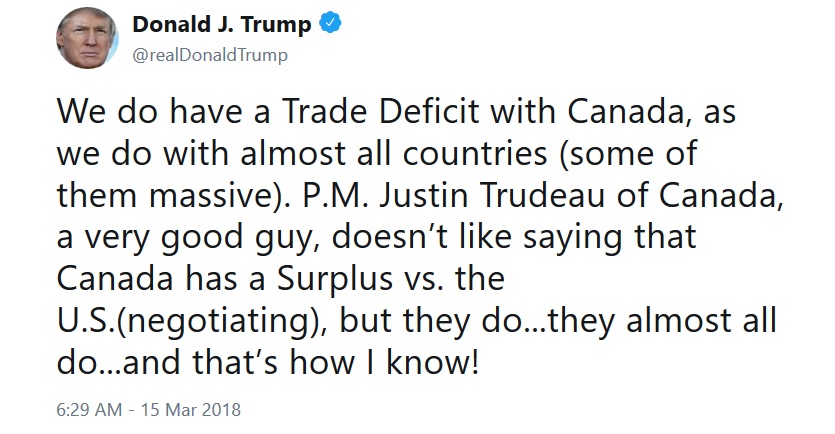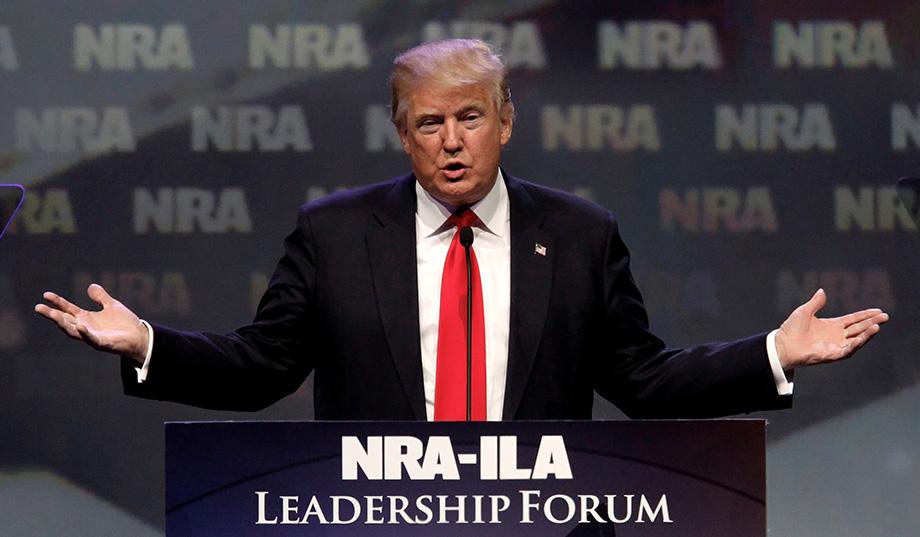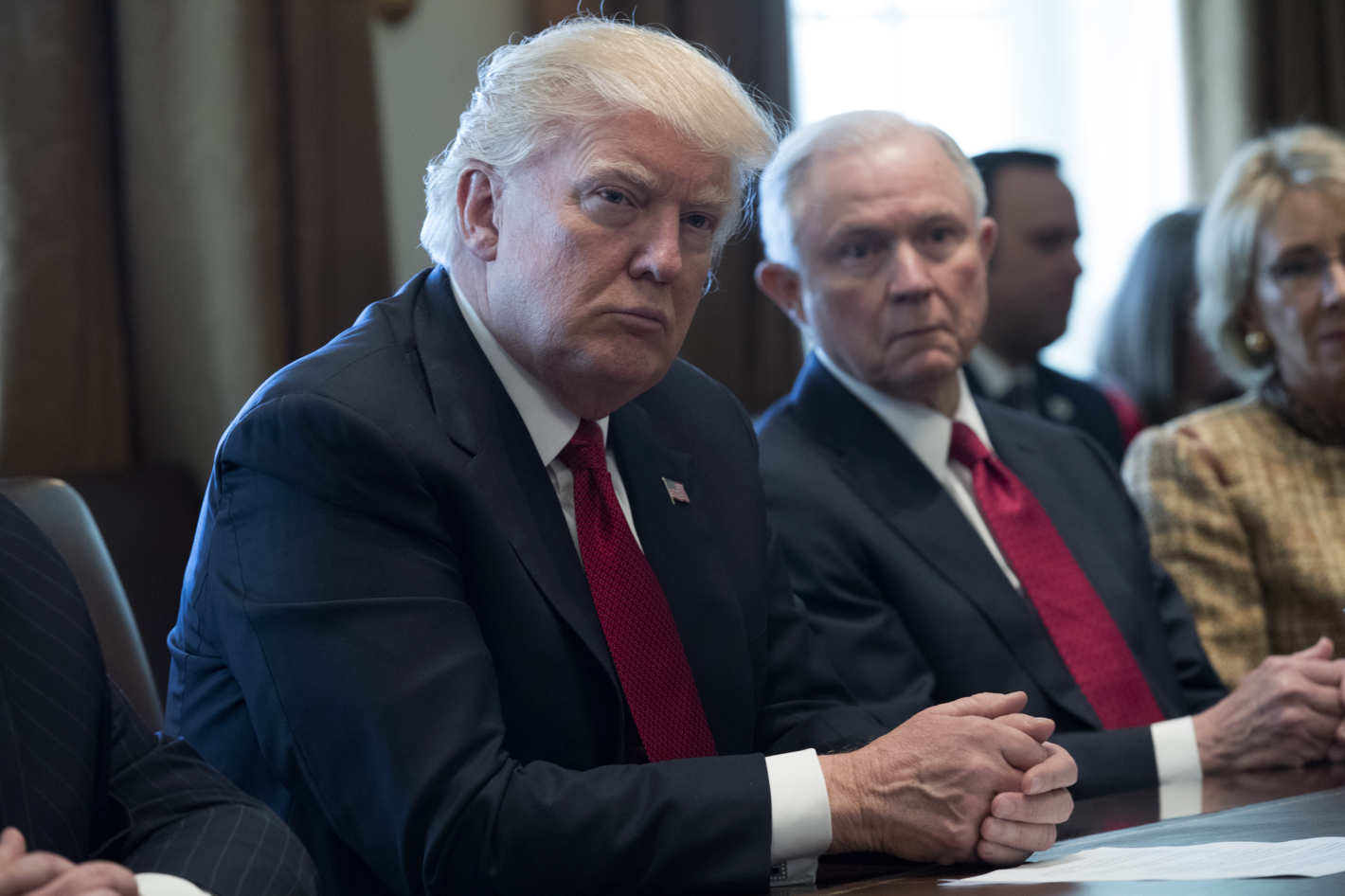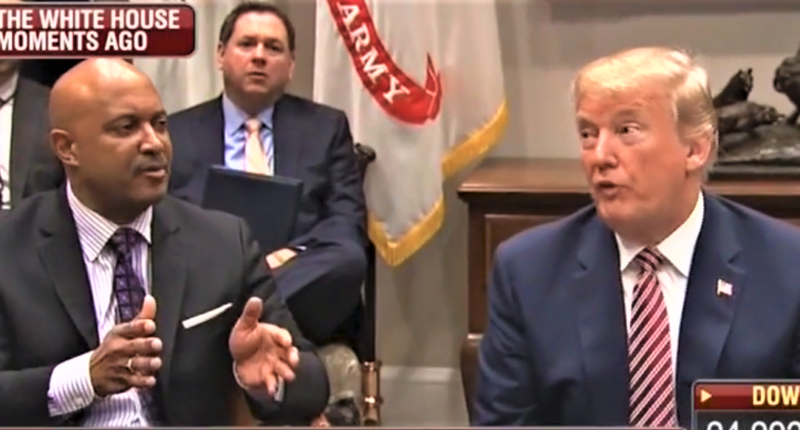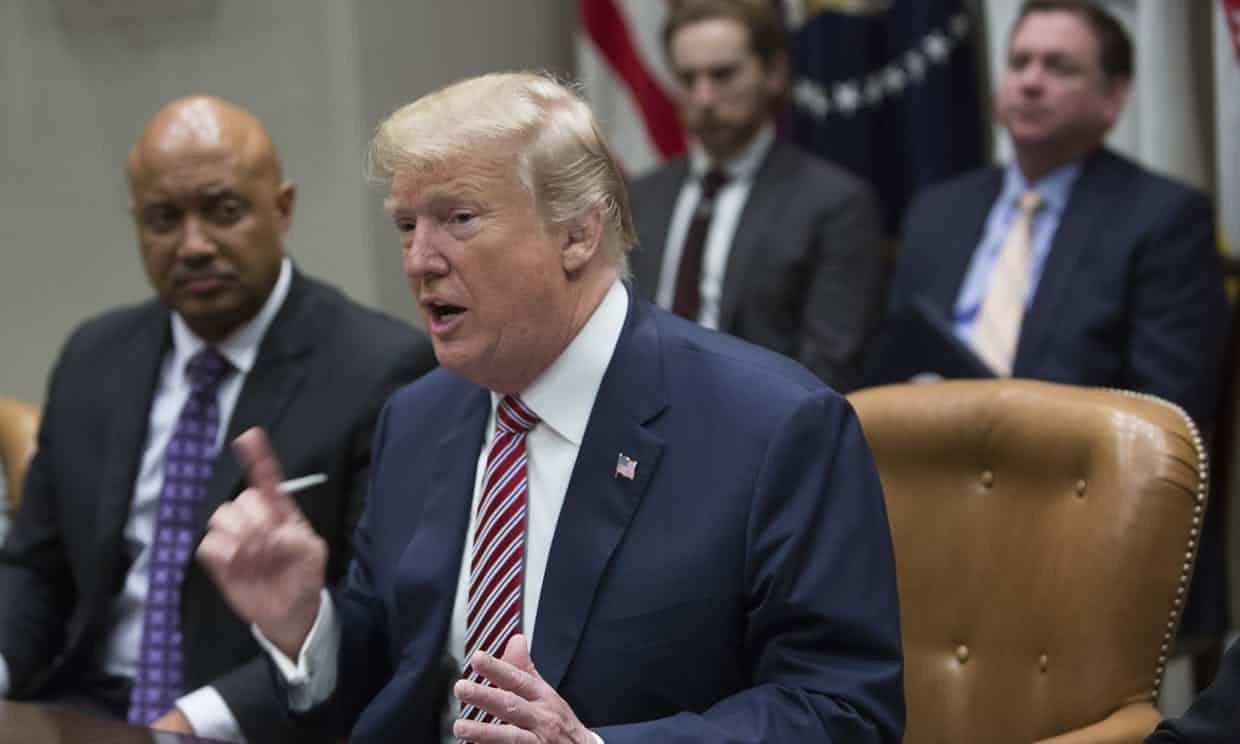A regretful President Donald Trump wants to roll back spending in a massive omnibus bill he signed into law, but Republicans who helped craft the legislation are in open revolt.
“My attitude is, your word is your bond,” House Appropriations Chairman Rodney Frelinghuysen said, in his first public comments on the Trump plan.
Frelinghuysen (R-N.J.) is among more than a half-dozen appropriators who have voiced skepticism about the Trump administration’s proposal to cancel billions in spending. Nearly all said they feared that it could erode the GOP’s bargaining power in future budget talks. Their objections represented another low point in an often-tense relationship between the cost-cutting White House and GOP members of Congress who write spending bills.
The skeptics included the newly appointed Senate Appropriations chief, Richard Shelby, who met with Trump on Wednesday.
“We need to look at what we agreed on with the other side and keep our word, keep our agreements,” the Alabama Republican told POLITICO just before his one-on-one with Trump.
He added that the Senate has had little appetite for the idea in the past: “Rescissions has never been a big thing over here.”
The White House is seeking to essentially take a scalpel to last month’s $1.3 trillion omnibus spending bill, scratching out any funding that Trump doesn’t personally back.
Budget experts have said a rescissions package of that scale would likely be unprecedented: One party’s leaders in Congress and the White House have never before unilaterally agreed to unravel a spending deal that has already been sealed.
“I think the whole rescission effort is unrealistic and dangerous,” Rep. Tom Cole (R-Okla.), a longtime appropriator, told reporters. “It’s hard enough to make a bargain around here. But you can’t break your word when you do. … You’d never have another deal ever.”
Multiple lawmakers, including Cole, said they don’t believe House GOP leaders are taking the idea seriously — despite Majority Leader Kevin McCarthy’s own involvement in the budget scheme. They think it’s really being pushed by Trump’s belt-tightening budget director, Mick Mulvaney, a former member of the House Freedom Caucus.
Most are doubtful that the cutbacks could even land a floor vote.
“It seems like this is just an exercise in appeasing the president and the Republican ‘no’ votes on the omnibus,” Rep. Charlie Dent (R-Pa.) told reporters.
“We could have made the original budget framework smaller. I would have been fine with that,” Dent said. But he cautioned that going back on the agreement now, months later, would have a “chilling effect” on future deals.
Republicans, particularly in the House, have little desire to revisit the unpopular spending deal, H.R. 1625 (115), in an increasingly dire midterm campaign cycle. The package included huge boosts to domestic funding, which GOP leaders worked hard to sell to their own members in the name of securing more Pentagon funding.
Ultimately, 90 House Republicans backed the spending bill, in part because they were promised cover by the White House.
But Trump’s 180-degree reversal on that deal left the Republican lawmakers who backed the omnibus feeling spurned. Trump further infuriated members of his own party after he threatened to veto the bill and accused GOP leaders of choosing to “waste money” in the bill.
Those same Republican leaders have sharply disputed Trump’s claim that there was no close scrutiny of spending. “When you put together a $1.3 trillion bill, you look into all these accounts,” Frelinghuysen said in defense of the bill.
“You don’t throw your friends under the bus who did exactly what you wanted them to do,” Cole said, calling it a “hare-brained scheme.”
Just one appropriator out of nine polled by POLITICO this week expressed interest in a rescissions package.
Rep. Robert Aderholt (R-Ala.), who oversees Agriculture spending, said he was “absolutely” open to the idea.
“We’re all just getting back, we gotta sit around the table and talk about it, but I don’t dismiss the idea at all,” said Aderholt, who is in a tight race to take over as House Appropriations chairman next year.
No lawmaker has seen any details out of the White House or GOP leadership about which programs would be cut. The Trump administration would have until mid-June to submit its request, after which it would be up to the House Appropriations Committee to turn the package into legislative language.
That work would need to be done at the same time the Appropriations panels are knee-deep in drafting bills for fiscal 2019, which begins Sept. 30.
And with an already abbreviated House calendar this year, lawmakers say there’s hardly time or interest to jump back into the previous fiscal year.
“We’ll see how that comes together. I’m not quite sure how that’s going to happen, but we’ll see if it does,” Rep. Ken Calvert (R-Calif.) said.
Democratic leaders, meanwhile, have accused the GOP of “buyer’s remorse” after the most recent spending deal. And Democrats are already cautioning that Republican efforts to walk back this year’s spending deal would be seen as an attempt to void the entire two-year budget agreement.
Without that agreement, which also delivered huge increases in defense spending, the Pentagon’s budget would actually shrink next year.
Rep. John Culberson (R-Texas) said he won’t decide whether to support a rescissions package until he sees the details. But he added that Congress’ spending panels tend to take the blame for the nation’s mounting debt — even though nondefense discretionary spending accounts for just 15 cents out of every dollar spent by the government.
“At Appropriations, we’re the most visible and easy target,” he said.
[Politico]
